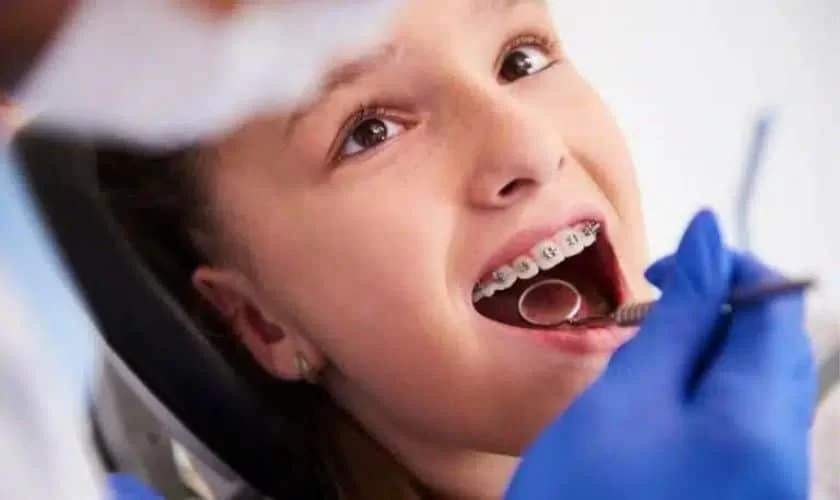
What Is the Best Age to Start Orthodontic Treatment for Bite Problems?
Orthodontic treatment for bite problems is essential for ensuring proper jaw alignment and overall dental health. But when is the best time to start? Age plays a significant role in determining the success of orthodontic treatment, and understanding the optimal timing can make a big difference in outcomes. This article explores the recommended ages for treatment and the factors to consider for bite corrections.
Why Starting Early Matters
Addressing bite problems early allows orthodontists to guide jaw growth and ensure proper alignment. Early intervention can prevent more severe issues later, including speech difficulties, chewing problems, and uneven tooth wear. The American Association of Orthodontists recommends children have their first orthodontic evaluation by age 7.
Ages 7 to 10: Early Detection
This age range is crucial for identifying bite issues such as overbites, underbites, and crossbites. At this stage, orthodontists may use interceptive treatments like spacers or partial braces to address problems before permanent teeth emerge fully. Early detection minimizes the need for extensive treatment later.
Ages 11 to 14: Active Treatment Phase
During pre-teen and teenage years, most permanent teeth have erupted, making it the ideal time for comprehensive orthodontic treatment. Traditional braces or clear aligners like Invisalign are commonly used at this stage to correct bite and alignment issues effectively.
Many patients find this phase easier to manage since their growth spurts can aid in quicker adjustments and better results.
Adults and Orthodontic Treatment
While early treatment is preferable, adults can also benefit from orthodontic care. Modern solutions like clear aligners and ceramic braces make treatment more discreet. Addressing bite problems in adulthood improves oral health and boosts confidence, even if it takes longer due to less jaw growth flexibility.
Choosing the Right Orthodontist
Selecting an experienced orthodontist is essential for successful treatment. Look for professionals with a strong reputation, advanced technology, and a patient-focused approach. Schedule consultations to discuss your needs and ask about treatment plans, timelines, and costs.
To learn more about orthodontic care for bite problems, visit Dentistry Toothtruth. Our experts are committed to providing personalized care for all ages.


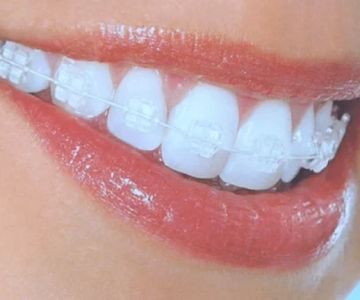
 Children’s Dental FunZone - Pediatric Dentist & Orthodontist - Colton
Children’s Dental FunZone - Pediatric Dentist & Orthodontist - Colton Equitas Health Short North Medical Center
Equitas Health Short North Medical Center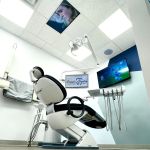 SimpliSmiles Farmingdale
SimpliSmiles Farmingdale Sutter Dental Collective
Sutter Dental Collective Lakeview Family Dental
Lakeview Family Dental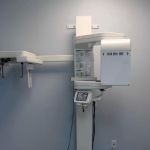 Gardena Dental Care
Gardena Dental Care The Importance of Oral Health Education During Pregnancy for a Healthy Pregnancy
The Importance of Oral Health Education During Pregnancy for a Healthy Pregnancy Why Skipping Dental Checkups Can Lead to Bigger Oral Health Problems
Why Skipping Dental Checkups Can Lead to Bigger Oral Health Problems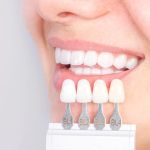 Advantages of Porcelain Dental Restorations
Advantages of Porcelain Dental Restorations Best Tips for Brushing Your Teeth Properly for Healthy Gums: Essential Techniques for Oral Health
Best Tips for Brushing Your Teeth Properly for Healthy Gums: Essential Techniques for Oral Health How Can Diabetes Cause Tooth and Gum Problems? Preventing and Managing Oral Health Issues
How Can Diabetes Cause Tooth and Gum Problems? Preventing and Managing Oral Health Issues Healthy Habits for Promoting Good Oral Health and Hygiene: Tips for a Healthy Smile
Healthy Habits for Promoting Good Oral Health and Hygiene: Tips for a Healthy Smile